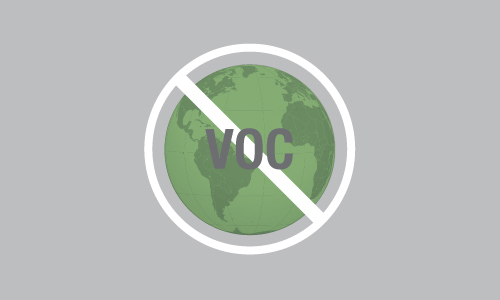As we continue our Science of Pollution Control series, we would today like to look at another important consideration in pollution control: destruction efficiency.
What is Destruction Efficiency?
Destruction efficiency is, in simple terms, the effectiveness to which an oxidizer (VOC Abatement System) works.
Sometimes referred to as destruction and removal efficiency (DRE), this is a percentage that represents the number of molecules of a compound removed or destroyed in an oxidizer relative to the number of molecules that entered the system. (For example, a DRE of 99.99 percent means that 9,999 molecules are destroyed for every 10,000 that enter.
Calculating Destruction Efficiency
As defined by Gossman Consulting, this efficiency is calculated by determining the mass emission rate of the selected hydrocarbon and dividing this by the mass input rate of this same hydrocarbon. The resultant value is subtracted from one (1) and that result multiplied by 100 to represent the value as a percentage of the selected hydrocarbon destroyed by the process. This DE test is conducted at the lowest sustainable combustion zone temperature the facility is willing to operate at. This temperature then becomes the minimum operating temperature allowed during the use of hazardous waste fuel.
Destruction Efficiency Requirements
In the United States, required VOC destruction efficiency is typically between 95% and 99% when toxic chemicals are present.
Considerations in Destruction Efficiency
According to the EPA, VOC destruction efficiency relies on many different criteria, most importantly:
- Chamber Temperature
- Residence Time
- Inlet VOC Concentration
- Compound Type
- Degree of Mixing
We looked at some of the basics in our articles on the three T’s of Combustion, as well as our exploration into the basics of flammability. Learn even more from the EPA VOC Controls Guide here.
Achieving 99%+ VOC Destruction Efficiency
When the Clean Air Act Regulations (and amendments) were originally passed, companies chose the most affordable option available—often becoming compliant with the minimum regulations at the lowest possible capital expenditure. Today, however, reputations are at stake, information travels faster than ever, and many organizations have aging VOC abatement technology. These three factors combined mean that your aging oxidizer could fail at any moment—resulting in costly shutdowns or tarnished company reputation.
Even if 95% is required, organizations are finding that 99% or more is just as easily attainable, thanks to modern VOC abatement technology—exceeding local, state, and federal regulations while recovering up to 97% of the energy used to destroy VOCs in your process exhaust. Commonly, you can expect the following destruction efficiencies from modern oxidizers:
- Regenerative Thermal Oxidizers: up to 99%+ Destruction Efficiency, up to 97% Thermal Efficiency
- Thermal Recuperative Oxidizers: up to 99%+ Destruction Efficiency, up to 80% Thermal Efficiency
- Catalytic Oxidizers: up to 99% Destruction Efficiency, up to 80% Thermal Efficiency
Better yet, companies are finding that in recent years, they are actually realizing rapid payback and actual return on investment when they move to modernize.
Thermal and catalytic oxidizers from The CMM Group can help companies realize this efficiency, allowing manufacturing leaders new paths to savings with minimal downtime and operating costs. Learn more about these solutions by reading our VOC Abatement Guide, and download our VOC Abatement Solution Checklist by filling out your information below.




